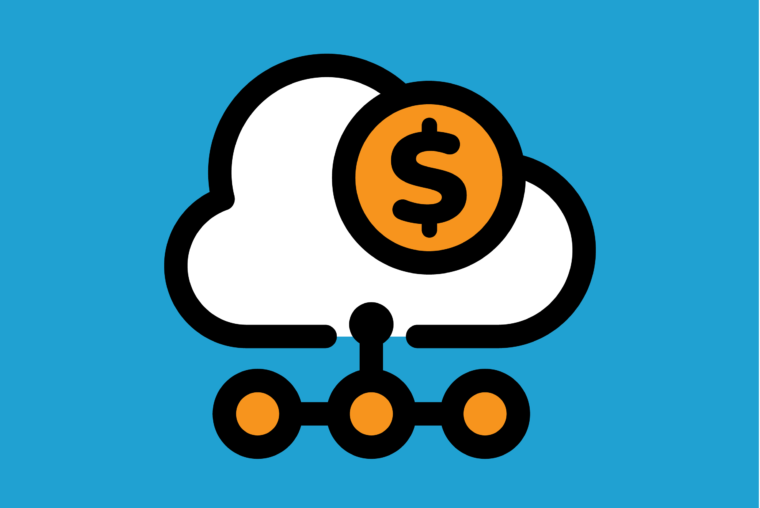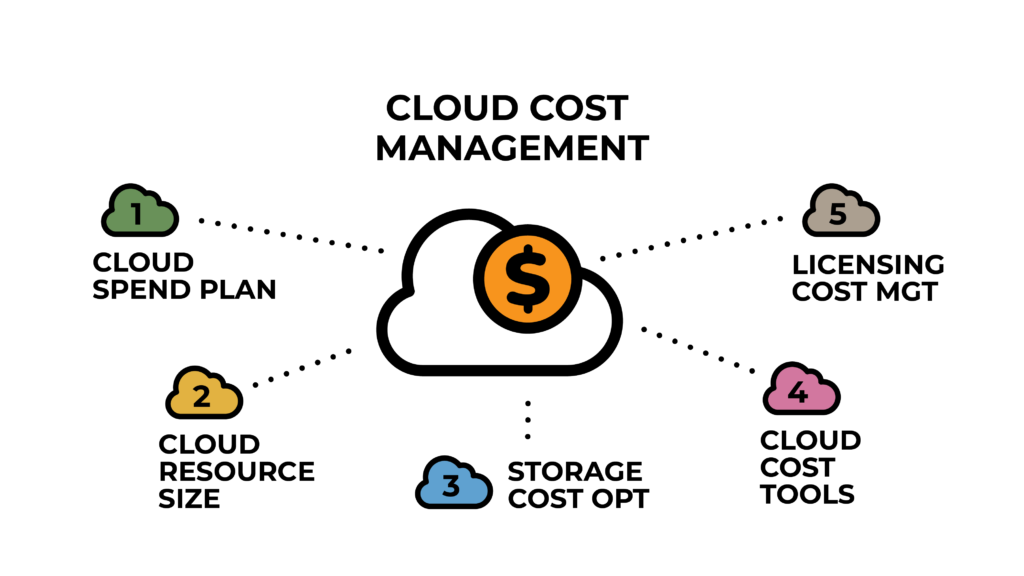Cloud Cost Optimization: Best Practices for Managing Cloud Expenditures in the Enterprise

The shift to cloud computing has brought numerous benefits to enterprises, including increased flexibility, scalability, and accessibility. However, as organizations move more of their workloads to the cloud, they must also be aware of the costs involved and find ways to manage them effectively. In this article, we’ll outline the best practices for managing cloud costs to help maximize an enterprise’s savings.
Understanding Cloud Spend
The first step in managing cloud costs is understanding what you’re spending money on. There are four main categories of cloud costs: compute costs, storage costs, network costs, and licensing and support costs. Compute costs refer to the resources required to run an application, such as virtual machines and servers. Storage costs are the fees associated with storing data in the cloud. Network costs include the fees for transferring data between cloud resources and from the cloud to your users. Finally, licensing and support costs are the fees for using third-party software or services in the cloud.
To better understand cloud costs, it’s important to become familiar with some key metrics. The utilization rate is the percentage of capacity you’re using compared to the total capacity available. Reserve capacity refers to the unused capacity that you have reserved in the cloud but aren’t using. Right-sizing is the process of matching your cloud resources to your actual usage to minimize costs.
Best Practices for Managing Cloud Costs

Plan and Budget for Cloud Spend
One of the most crucial steps in managing cloud costs is to plan and budget for them. This starts with cost forecasting, which involves predicting how much you’ll spend on cloud services based on your current usage patterns. This will give you an idea of what your cloud costs will be in the future and help you make informed decisions about how to allocate your resources.
Once you have an understanding of your cloud spend, you can set a budget for cloud services. This will help you stay within budget and prevent unexpected costs from affecting your bottom line.
Right-Sizing of Cloud Resources
One of the biggest drivers of cloud costs is overprovisioning, or using more cloud resources than necessary. This can result in higher costs, lower utilization rates, and longer wait times for resources to become available. To avoid this, it’s important to right-size your cloud resources so that you’re using only what you need.
One way to achieve this is to use autoscaling, which automatically adjusts your cloud resources to match your usage patterns. This will help you ensure that you have the right amount of resources available at all times without overprovisioning. Additionally, monitoring resource utilization will give you insight into how your resources are being used and help you identify areas where you can make changes to reduce costs.
Optimizing Storage Costs
Another way to reduce cloud costs is to optimize your storage costs. This can be achieved through data tiering, which involves moving data between different storage tiers based on usage patterns. For example, you can move infrequently used data to lower-cost storage tiers and frequently used data to higher-cost storage tiers.
Archiving and deleting unused data is a way to cut down on storage costs. This involves either moving older or unused data to an archive where it can be stored at a lower cost or deleting it entirely, so you only pay for the storage you actually need.
Managing Licensing Costs
Licensing costs can quickly add up, especially if you’re using multiple third-party software or services in the cloud. To manage these costs, it’s essential to optimize your licensing strategy by carefully considering which licenses you need, how many licenses you need, and when you need them. You can also negotiate better licensing terms with your vendors or consider open-source options that may be available. Additionally, keep in mind the total cost of ownership, which includes license fees, training, maintenance, and support costs. By taking these factors into account, you can minimize your licensing costs and maximize your savings.
Leverage Cloud Cost Management Tools
Another best practice for managing cloud costs is to use cloud cost management tools. These tools help you monitor and control your cloud spend so that you can make informed decisions about how to allocate your resources. Some popular cloud cost management tools include AWS Cost Explorer, Google Cloud Cost Management, and Microsoft Azure Cost Management. These tools allow you to monitor your cloud spend in real-time, track usage trends, and analyze costs across multiple cloud providers.
Conclusion
Managing cloud costs is crucial for cloud computing and requires careful planning and management. By following these best practices, you can reduce your overall cloud spend and maximize your enterprise’s savings. Keep informed, understand your costs, right-size your resources, optimize your storage and licensing costs, and use cloud cost management tools. With the right approach, you can take advantage of the benefits of cloud computing while keeping costs under control.
Interested in optimizing cloud spend?
Partner with our business development team to get top-notched tech talents to manage and minimize your cloud cost expenses.
Book a meeting today, we’d love to hear about your data and challenges.
Doubt our expertise? Check out our case studies.






